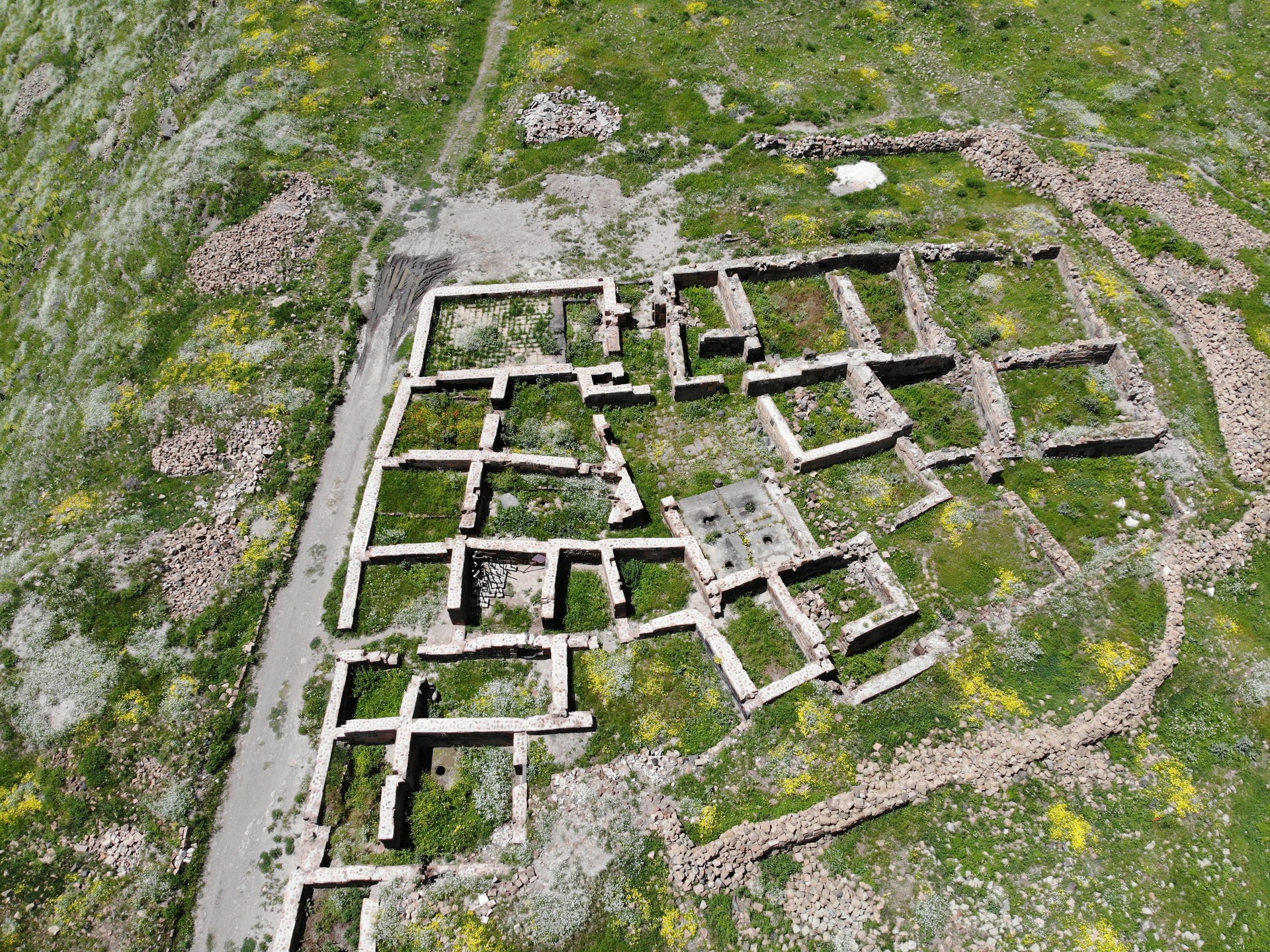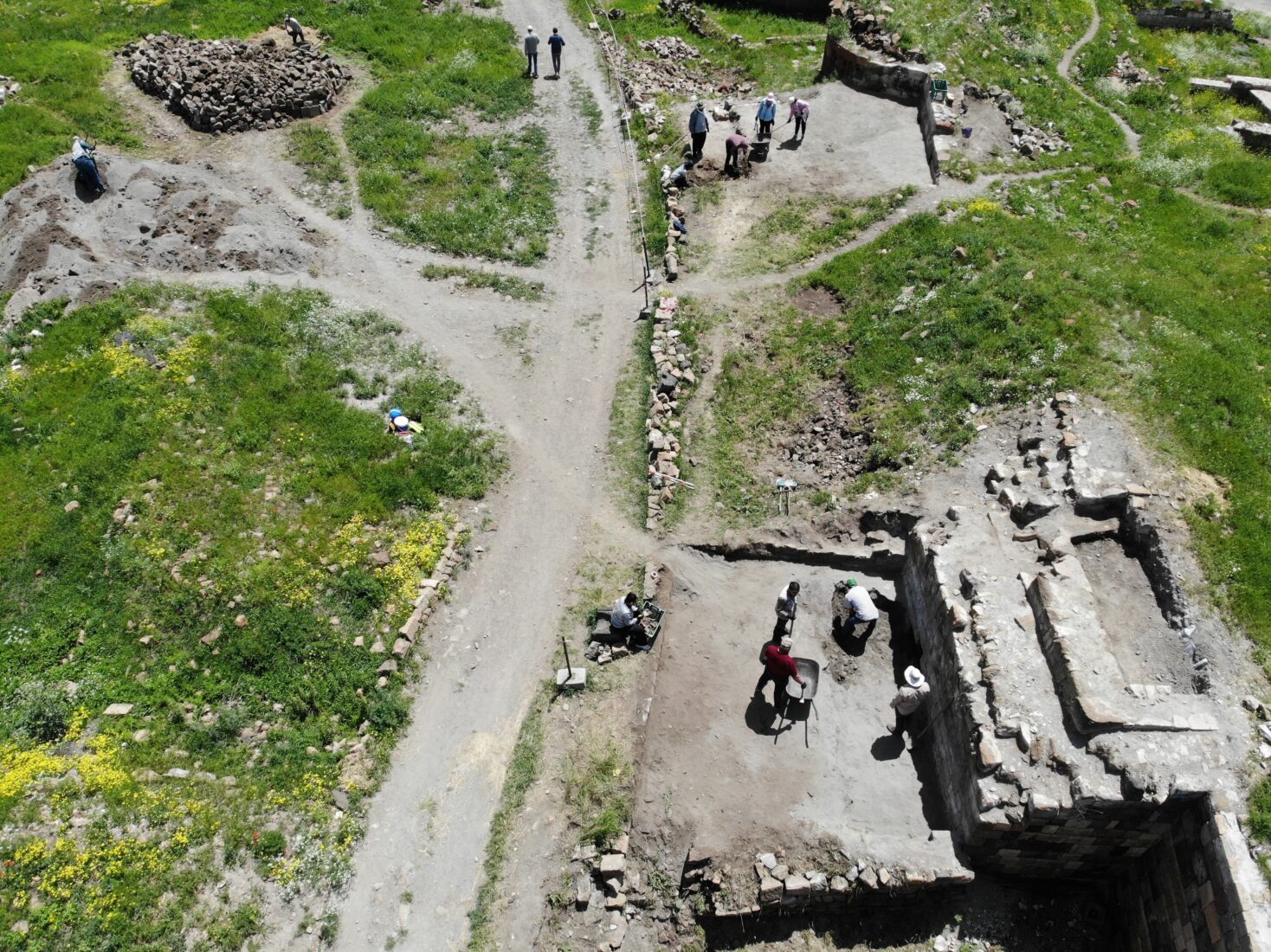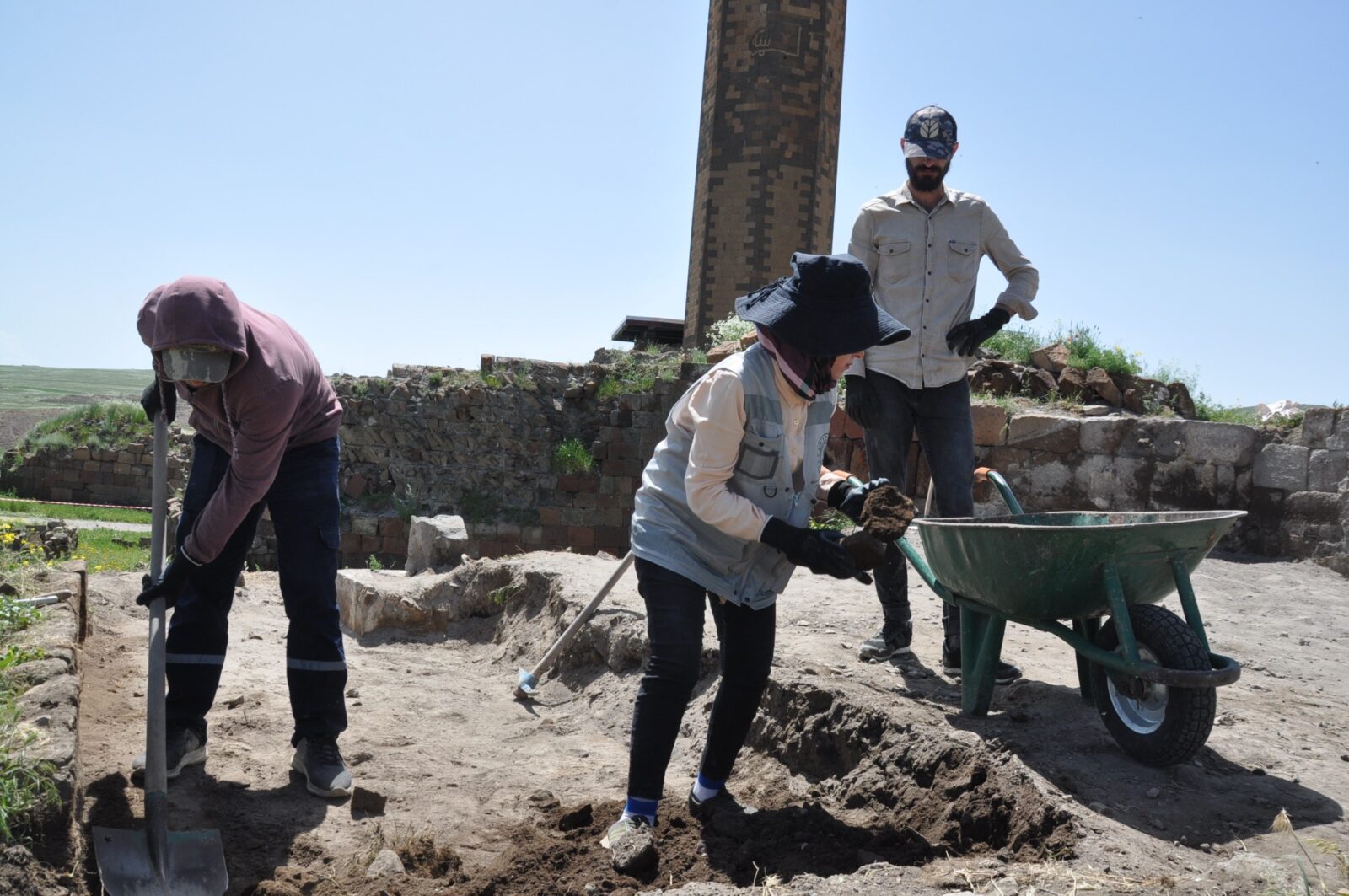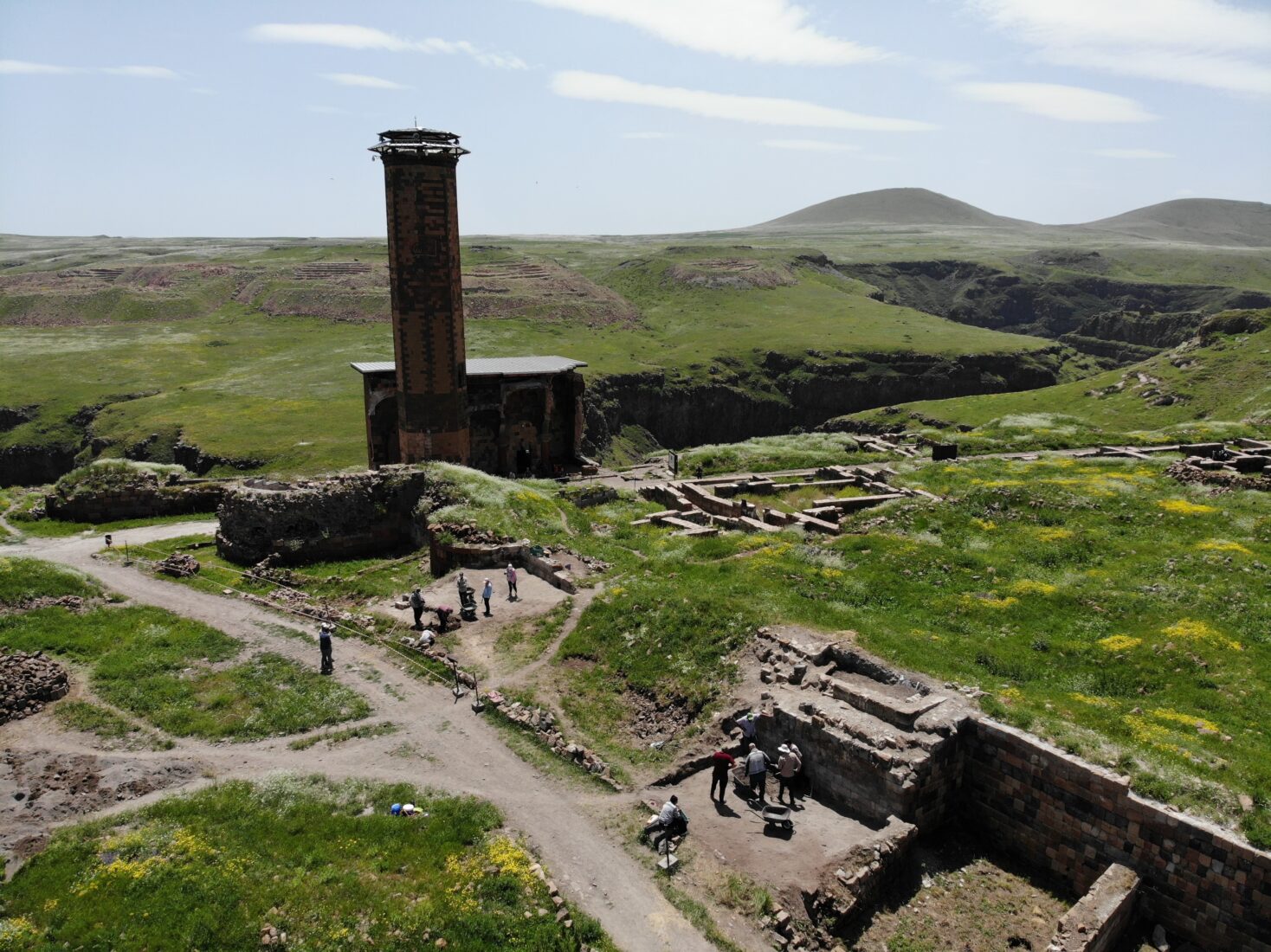
The ancient city of Ani, often referred to as the "City of 1001 Churches" and the "City of Forty Gates," is undergoing extensive archaeological excavations.
Located in Kars, Türkiye, and listed as a UNESCO World Heritage site, Ani reveals its buried history through meticulous work at eight different excavation sites.

Ani was a city of high significance during the Middle Ages and thrived particularly between the 10th and 13th centuries. Known for its architectural marvels, the city served as a crucial center of commerce, culture and religion.
It was a melting pot of various civilizations, including the Byzantines, Armenians, Georgians, and Seljuks, each leaving their mark on the city's unique heritage.

A dedicated team of 35 professionals, including art historians, archaeologists, architects, and students, works under the auspices of the Ministry of Culture and Tourism's Directorate General of Cultural Heritage and Museums, in collaboration with Kafkas University.
Their efforts aim to unearth and preserve historical artifacts, enhancing Kars' appeal as a significant tourist destination.
“Ani is not only important for its standing monumental structures but also for the artifacts awaiting discovery beneath its soil,” stated Muhammet Arslan, the head of the excavation team.
“We restarted the excavation and preservation works this June, involving experts from 10 different universities. Our interdisciplinary team includes art historians, archaeologists, architects and restorers.”
The team focuses on several key areas within Ani. These include the Seljuk Bazaar, Seljuk residences, the Seljuk cemetery, and the grand Seljuk bathhouse, all of which have been under study for several years.
This year, efforts have expanded to the Western Ashot Walls, originally constructed during the Bagratid period and later converted into residential areas by the Seljuks.
Additionally, the team is exploring the newly accessed Cave Mosque of the Divin Gate. “Our work at this site is progressing intensively,” Dr. Arslan noted, highlighting the importance of uncovering these spaces to understand the city's historical and architectural evolution.

The excavations at Ani are not only about unearthing artifacts but also about preserving them for future generations. By bringing these treasures to light, the project aims to boost Kars' cultural heritage and tourism.
These efforts demonstrate Ani’s historical significance as one of the medieval period's key urban centers, especially during the 10th to 13th centuries.
As Arslan emphasized, “Ani was a vibrant city during the Middle Ages. Our work ensures that its buried history is brought to light, enriching both our understanding and the region's cultural landscape.”
The ongoing excavations reveal more about the civilizations that once thrived in this remarkable city, promising to uncover even more about Ani’s rich past.